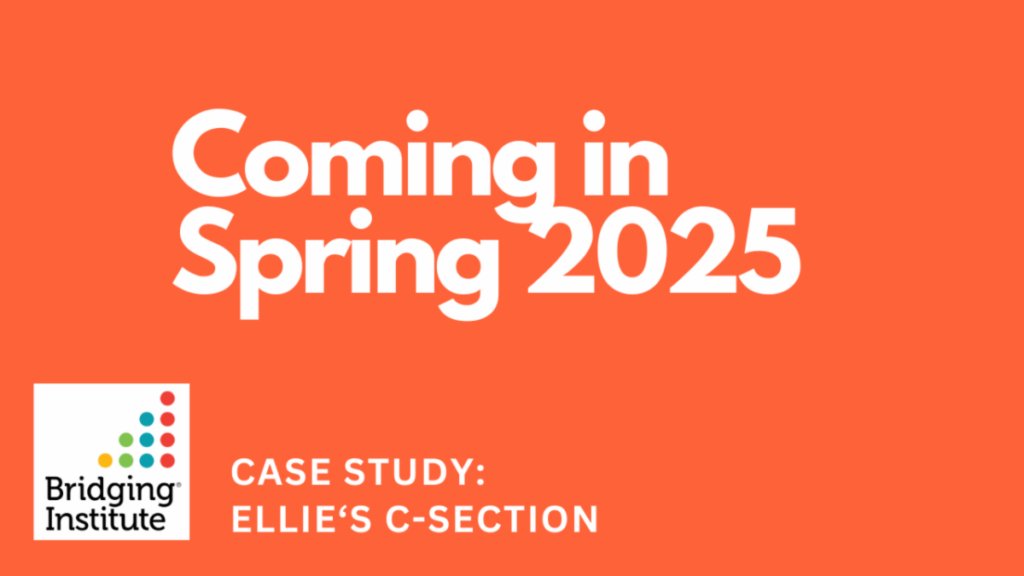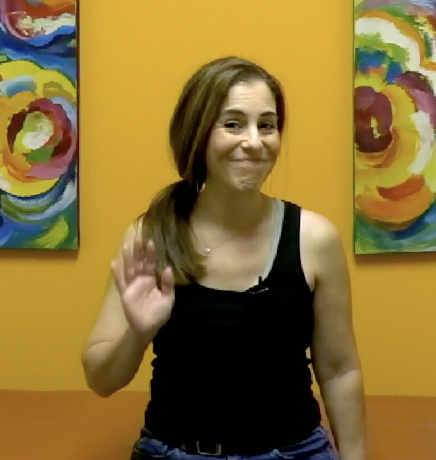Had Surgery? Still Waiting to Get Back to Normal?
Ellie’s Surgeries: A Journey Back from Pain
So often when you’ve had a surgical procedure you successfully navigate your recovery only to find you’re not quite back to your “old self.” Stiffness, pain, and restricted movement may linger, making it hard to feel truly well.
So, what can you do?
Unlike massage, rehab exercises, chiropractic care, or acupuncture, Bridging® identifies the specific post-surgical restrictions holding you back. By supporting areas of trauma and resetting muscle coordination, Bridging® offers a unique path to recovery and relief.
To share an example of how Bridging® can help, we are reconnecting with Ellie for chapter 2 in her journey with pain after surgery, and two Bridging® sessions.
Meet Ellie
Ellie is a vibrant community member, businesswoman, and mom of two. Over the past 20+ years, she’s undergone several major surgeries:
- A prophylactic bilateral mastectomy
- A c-section
- A prophylactic oophorectomy (ovary removal)
Each surgery left its mark, impacting Ellie’s ability to move easily and comfortably. The surgeries also led to persistent headaches which she still hopes to find additional relief.
Here is how we helped Ellie in each session, and what still remains.
Session 1: First up, the Most Recent Surgery (Sept 2024)
We focused on Ellie’s laparoscopic oophorectomy, supporting her abdominal scars and addressing tension in the surrounding muscle pathways.
By the end of the session, Ellie experienced improved core and shoulder mobility, and these changes held steady between sessions.
She reported back that her overall joint stiffness moderated and the headaches toned down for a couple of weeks.
Session 2: Tackling the Mastectomy’s Impact (Dec 2024)
The next layer of restrictions came from her mastectomy surgery. This involved addressing:
- Lymph node removal site scars and tension
- Post-surgical drain scars and tension
- Mastectomy scars
- Support structures for implants
By resetting the muscle coordination impacted by the surgery, Ellie gained noticeable relief in shoulder tightness and improved head and neck movement.
Her update a month after this session was, “I think that there is definitely some relief!

Next Step: The C-Section (watch for this one in Mar/Apr 2025)
The final surgical layer to address is Ellie’s c-section, which has caused hip movement restrictions.
Stay tuned for a future video that explores how Bridging® helps with this!
How Bridging® was used to help
What you will observe in each video is how Bridging® is a gentle, targeted approach that restores movement by resetting muscle coordination. These are a few of the specifics to notice:
- Positioning: We replicate surgical or habitual postures (like sleeping positions) and use tools like peanut balls to support areas of stress. This positioning facilitates systemic change.
- Relaxation: By supporting the affected muscles with a soft, broad, conforming surface (peanut ball), the supportive pressure allows the entire area of muscles to relax.
- Coordination Resets: Once muscles relax, we introduce gentle movements to restore communication between muscle groups. The result? Tightness fades, and ease of movement returns. (Read more about the role of tension with muscle communication here.)
Have You Had Surgery? Still Feeling the Impact?
As Ellie’s story shows, Bridging® works step-by-step, helping you reclaim movement without requiring daily maintenance exercises or frequent sessions.
You can begin to feel relief after just the first session!
Ellie’s Surgeries Viewed More Systematically
To explain why cut muscles are such a big deal, let’s revisit my Physical Activity Formula and how they relate to Ellie:
Physical Activity = Strength + Balance – Pain – Anxiety
1. Strength
While we didn’t focus on strength-building in these sessions, maintaining muscle mass is vital to general health, especially after age 40. Ellie would benefit from strength training 1–3 times per week, once her headaches are under control.
2. Balance
Ellie’s balance reactions were centered but had room for improvement to better support activities like pickleball or a quick recovery from an unexpected movement. In the second session the changes from the first session are still noticeable.
3. Pain
Her upper body tension was palpable leaving shoulder, core, and head movement restricted. This muscular tension can be a contributor to her headache stress. By resetting muscle coordination these restrictions lessened, which may help alleviate the persistent pain.
4. Anxiety
While not discussed directly, the fear of triggering headaches may make Ellie hesitant to stay active. Reducing her pain and improving her mobility could ease this anxiety.
For the Science Lovers … the Flow of Movement
(Science, because Bridging® is all about the physics of how movement flows within the body.)
Movement flows through the body in waves, much like the ripple of a flag in the wind. Surgery disrupts these waves, especially where scars, staples, or stitches bind different layers of tissue together.
To restore movement, these individual layers need to flow again both individually and together. Bridging® uses soft supports for these layers allowing the muscles to relax. Adding subtle movement reminds the layers of muscles how they can work together. The ripple of the waves within the body is restored.
Once movement ripples through all the layers of your body easily, you are able to move freely — much like getting your sleeves un-bunched after you put on layers of clothing. Your move more easily and it feels right.
Take the Next Step Toward Better Movement
Don’t let lingering pain, stiffness, or tension hold you back. Whether it’s from surgery, injury, or life’s stresses, Bridging can help you move more freely and confidently.
Our gentle, long-lasting muscle resets are designed to address the specific disruptions caused by surgery — giving you the confidence to rebuild your strength and mobility.
Let’s get you started — schedule your session today!

